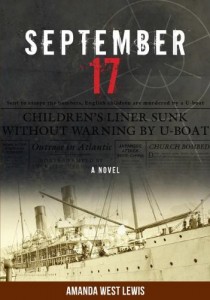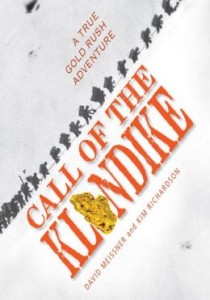Written by Amanda West Lewis
War, as seen from the eyes of 10, 13 and 15 year olds is quite different from that of adults. In this carefully researched historical fiction we find that many children being sent away to Canada from England on a large cruise ship see it as an adventure.
This startling tale is about a time when England was so sure it would fall to the Nazis that a plan was established to send away a whole generation of children. Some would be sent, supposedly, to Canada. Others would go to Australia or New Zealand.
The alarming rate of bombing in London caused parents to make very fast decisions under duress. Children were sent away with only a change of clothes and, if lucky, one packed lunch.
Unfortunately, the title of the book is the date that one such ship carrying a group of over 90 children was torpedoed and sunk by the Nazi U-boat. There were survivors, but very few. Perhaps the most breathtaking part of the story is the several days that one group of children spent in a tiny lifeboat dreaming of survival. One of the things that still kept the children going was their thought of having an adventure at sea with real sailors.
Core curriculum standards for history, geography and literacy skills can be met for grade 6 readers and beyond whether the book is used in a classroom, library or book club setting. It is history we have not read before and it is provided in a fascinating narrative style that puts the reader right in that scary frigid water.










